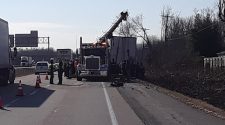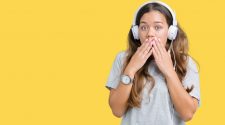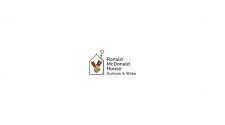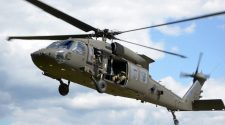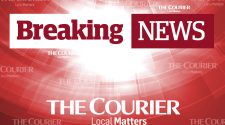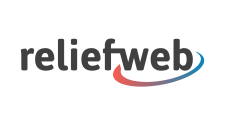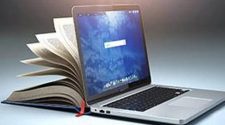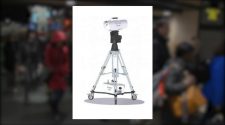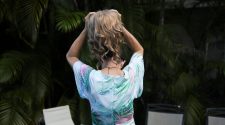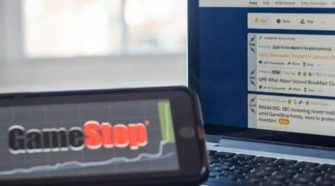Coronavirus prevention measures for the upcoming Fall 2022 semester may include an indoor mask mandate if the current rate of infection persists in Los Angeles County, Chief Student Health Officer Dr. Sarah Van Orman said in a student media briefing Monday. L.A. County confirmed over 12,000 new coronavirus cases over a three day period between June 17 to June 20, signaling increasing transmission in the region.
Between June 12 and June 18, 105 students tested positive, lowering the positivity rate slightly to 11.4% from the previous week — between June 5 and June 11 — when the positivity rate was 11.49%. The staff positivity rate decreased over the same period, falling from 5.35% to 4.7%, with 22 positive test results recorded compared to the previous week’s 27.
Van Orman said she expects to see an increase in coronavirus cases once students return to campus — with move-in dates for USC Housing starting August 17 and Fall 2022 classes commencing August 22 — because USC’s population is composed of people coming from different areas.
“When people move … we see increases [in cases],” Van Orman said. “At the beginning of each fall semester, in each spring semester, after fall break and after Spring Break, we see a little bump in cases.”
As of right now, the University is not planning to require surveillance testing for returning students and faculty, Van Orman said.
USC Student Health will continue to offer off-campus accommodations for coronavirus-positive students living in USC Housing. Testing sites will continue to operate on campus for the upcoming term, Van Orman said. The University will decide on community safety measures to be implemented in Fall 2022 in late July or early August, she said, and will make assessments contingent on L.A. County and the nation’s directive.
“COVID-19 is a very fluid situation,” Van Orman said. “We know that there’s some concern that Los Angeles as a community may move back into indoor masking at the end of June or early July and, of course, we would be following whatever the rest of the county is doing.”
The reinstatement of the daily Trojan Check requirement will occur only under a severe public health crisis, Van Orman said, and is not currently being seriously considered for the fall semester.
“We want to be prepared if the conditions require that we be more stringent, but we think it’s unlikely,” Van Orman said. “If [the Trojan Check requirement was to be reinstated], it would be for probably a brief period of time, just to ensure that people had complied with their testing as they’re coming back.”
Through the Trojan Pandemic Research Initiative, more than 10,000 students, faculty and staff voluntarily reported their reviews about campus safety measures. Participants noted that required Trojan Check completion, masking and testing helped contain the spread of the coronavirus on campus. Other data showed participants felt the requirements were a “hassle,” Van Orman said.
One of the lessons the University learned from navigating the coronavirus pandemic, Van Orman said, is deciding on the correct measures to implement and when to implement them. Individuals tend to stop complying with health mandates if they feel the requirements set are too excessive, Van Orman said. Mixed reviews of health measures, she said, must be balanced with making the right decision from a public health standpoint.
“For example, when we stopped Trojan Check, it [was] a very mixed thing,” Van Orman said. “A lot of people are like, ‘Yes, finally,’ but we also hear from a lot of people who feel unsafe and who really want all those things to continue.”

